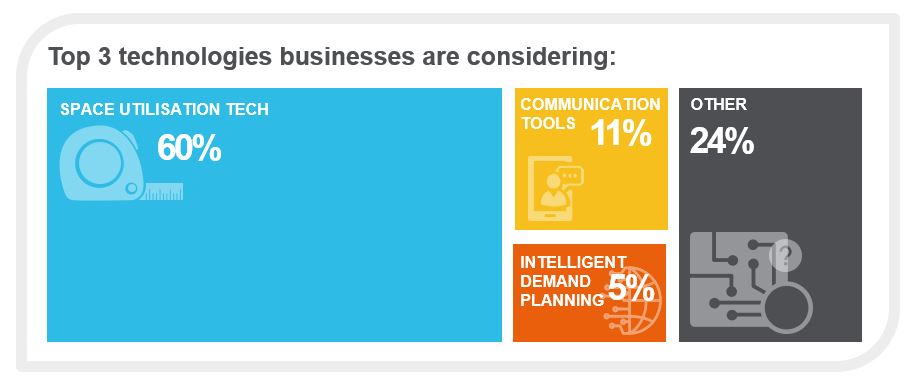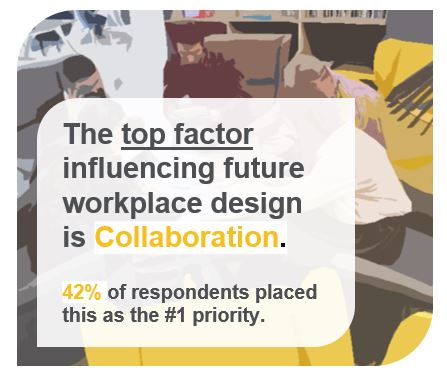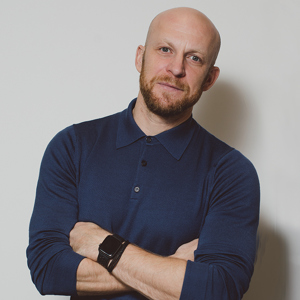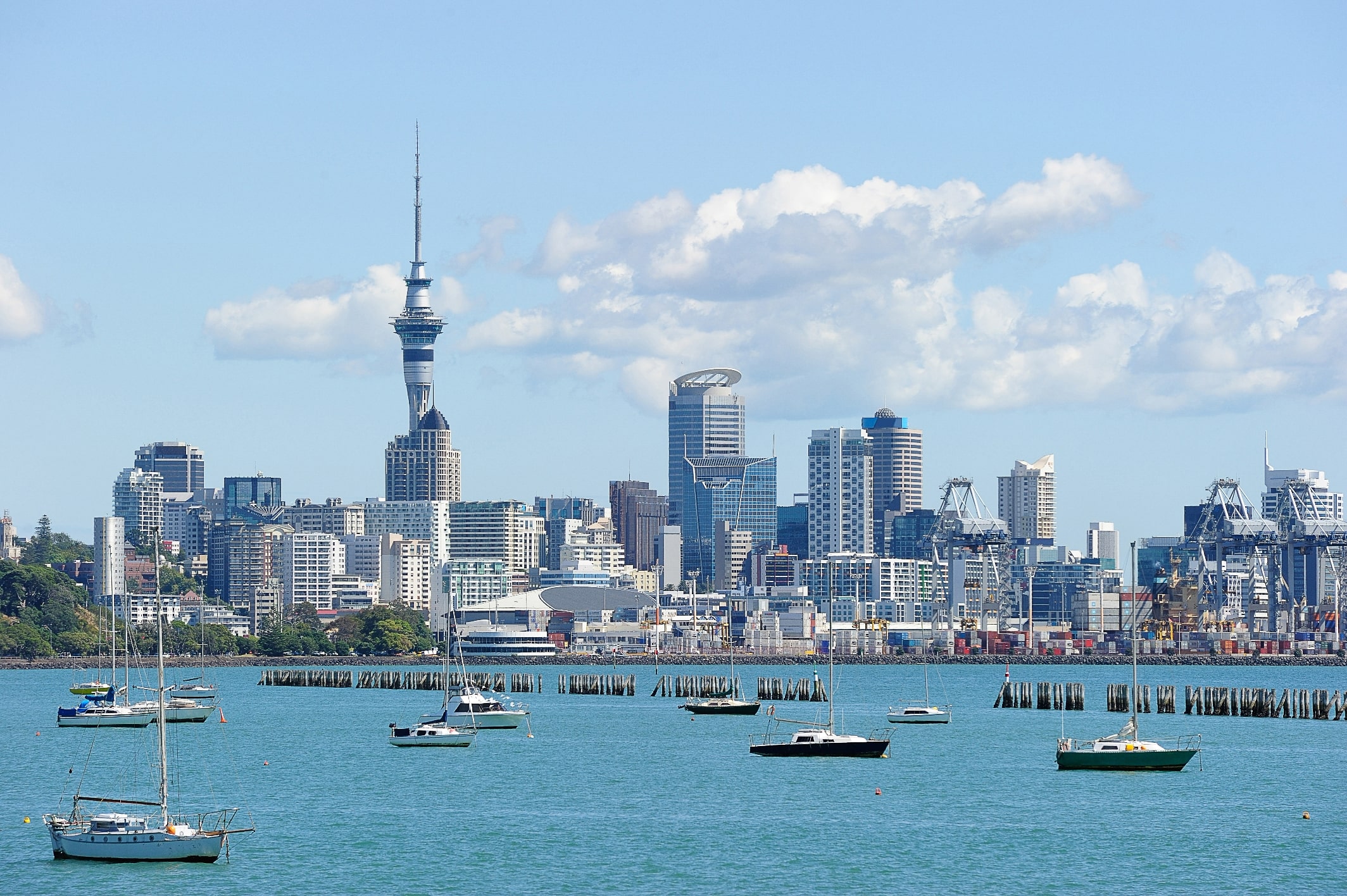Instant established the Agile CRE ThinkTank (ACT) in March 2020 to explore and develop best practices around Productivity, Health & Safety and Real Estate in the face of the global pandemic. Over the last 6 months we have interviewed over 35 senior Real Estate, Facilities & HR professionals globally about their return to office plans.
We are about to enter the great workplace experiment.
The last 12 months have not been a “period of change” to the workplace, but rather a complete disruption. From September, the future view of the workplace will unfold but that process will take as long as two years before we get any real clarity on its long-term prospects.
Productivity measures take into account business output, but they do not look at the “human” element to the workplace and its absence on the workforce. The real estate leaders we surveyed consistently relayed the sense of fatigue within their businesses and the toll that the last year has taken on their colleagues.
Working from home is supposed to have liberated the workforce – but it has not. It has simply changed the emphasis from working at the office 5 days a week to working at the office 2-3 days a week.
Top 5 Findings
- Nothing is certain in the short-term; the ability to “test and learn” is going to be key in the coming months
- Improving choice for employees over how and where to work is a business priority
- Workspace design needs to change; top of the wish list is space for collaboration, activity-based working and wellbeing but also more options from the supply-chain
- Return-to-office plans are ultimately meaningless until we accumulate evidence of success – generating real understanding of what works in the post-pandemic world is key
- Technology is crucial to enable all of the above and measure success
What Choices Do You Have?
As businesses return to the office, choice will be the key – the flexibility of the where, when and how. Within that choice there are three key elements – the human, the physical and the digital. Knitting them together will be the challenge.
There is mass agreement from our survey that workplace design will have to change to accommodate this great workplace experiment – again, design has been too singular in nature and must offer up difference. There is a real sense that the market (the supply chain) needs to come up with more alternatives, and it is not just about collaboration (though that is key), it is about task-orientated activity that makes the workplace function better.
“I want people to want to come back in. For me it's about creating a great working environment that actually drives that traffic. A lot of our younger demographic don't have an ideal set up to work from home.”
Global Business & IT Services Provider
Test and Learn
In September we are looking at a “designed experiment” as CRE leaders use their accumulated experience to draw the workforce back to the office. But they need to be adaptable and make changes on an A/B testing basis – give different options, measure them and bin the option that doesn’t work. Keep iterating, keep changing and draw evidence-based conclusions.
“We are trying to get more comfortable with try, fail fast, pivot, try something new.”
Global Insurance Company
Society and business have taken on an extremely fluid approach to activity as pandemic restrictions remove permanence and certainty – workspace must be fluid to produce the options that work day to day, week to week and engage with the teams using them.
Our CRE leaders are asking – how can the physical workplace become more fluid to incorporate the uncertainties of our business plans? This fluid form is represented in our responses to the portfolio of the future – CRE leaders still do not know their shape (despite the moves to reduce their size, but this has more to do with reducing the risk of being caught with long-term, illiquid assets).
Sector by Sector
Financial services and legal firms are more certain on their portfolio shape as they recognise the need to get people back into the office – for training, for brand, for the future. It is not fashionable to call it, but these are sectors that need their people to come together in person to produce the best results.
Amongst our respondents, technology businesses showed the highest intent to provide increased workplace choice to their employees. Tech companies appear comfortable with the hybrid model and creating a blend of remote working and physical interaction in the office.
Location, Location, Location
Will we experiment with new locations? This seems dependent on broader social trends i.e. the US was already seeing the growth of secondary cities – quarantine has just nudged that process on. Firms can now see the need to diversify their location choice to tap into the best talent. This will take a much more dynamic approach to portfolio procurement and optionality.
Interestingly in our ACT survey, there was a clear polarisation between companies planning to diversify into secondary markets or not at all, but 90% of respondents have a clear view, one way or another.
“If there is a demographic shift and talent pools are moving, then why wouldn't you look to try and tap into those talent pools where they are?”
Global Insurance Company
Can technology bridge the gap?
Underpinning the human need for choice in workplace, and the physical requirement for more fluid portfolios, is the adoption of technology to bring these disparate threads together. The vast majority of those surveyed are looking for tech options to create a seamless experience for their teams – in whatever environment they find themselves in.
“Technology will be a key enabler of efficiency and inform decisions in terms of how to best use buildings and how to bring people together as they start coming back to the office – and when they’re in the office.”
Global Pharma Company
Smart use of digital solutions will enable choice and help work/life balance through intelligent workday planning and using machine learning to develop outcomes for the future. It will prevent exclusion by ensuring those that are not in the physical workplace still feel connected to it.

Power to the People
Our survey of CRE and HR leaders shows that organisations also want to look at new ways of measuring workplace success. This includes doing more to measure the connectivity of the office and how it brings people together. In fact, 42% of respondents placed collaboration as the #1 priority for future workspace design.
Experimentation will allow us to identify the connection between data points and to better learn outcomes. We can identify a better future for the workplace by adopting a ‘fail forwards’ approach and testing our way to a positive human outcome, identifying the right choices for the organisation and its employees around physical workspace and connectivity.
This agile approach to workplace strategy doesn’t need to be expensive, in fact it could save huge amounts of unnecessary spend further down the line. It does, however, require dedicated time to drive the process and build in agility. To do this we need to gather data, looking at how the workspace is being used, productivity levels, and perhaps most importantly, whether employees are satisfied with how the arrangement is working.

The Positive Impact on Culture
69% of interviewees agreed that company culture was the most critical factor in future decision-making about the workplace. Productivity may not have been significantly impacted by being away from the office, but many are feeling the absence of face-to-face interaction and looking forward to coming together with colleagues and customers in some way.
Most organisations have been planning their return to the workplace strategy for over a year, but have they really thought about what their employees want? There is no one size fits all approach and every employee’s needs and expectations will be different depending on their role, experience, age, personality type, customers and home set-up.
Leaders must take time to understand what employees want from the workplace. This can be done through hosting focus groups, interviews, brainstorming sessions and observing market trends to inspire choice. Taking time to understand what the business purpose and goals are, as well as a clear understanding of each employee’s expectations, when devising your physical and digital employee experience will be key.
Designing the Workplace Experiment
In the designed workplace format, different variables are introduced, measured and discarded as the process evolves. In a systematic approach to understanding how process and product parameters generate different responses, there have to be different tools or solutions available to facilitate the process.
Our survey of leaders demonstrates that they are ready to undertake the process of change but need options - from design to portfolio structure and workplace technology - to create choice. As the market adapts and that choice increasingly becomes available then we will have a better sense of the “workplace of the future” and the real purpose it holds.



